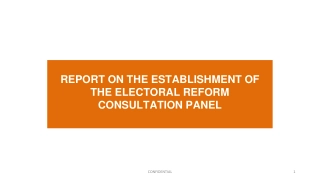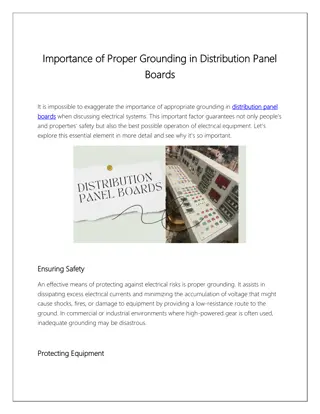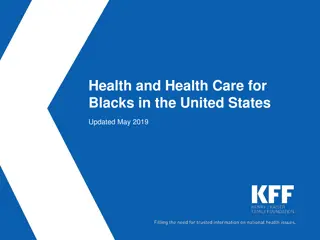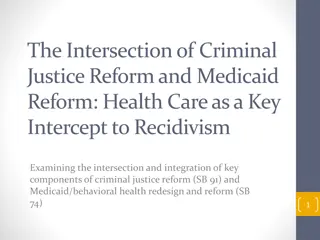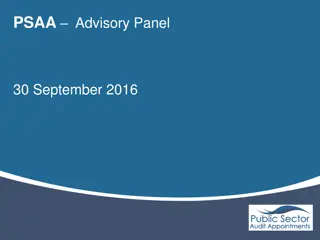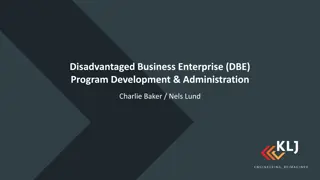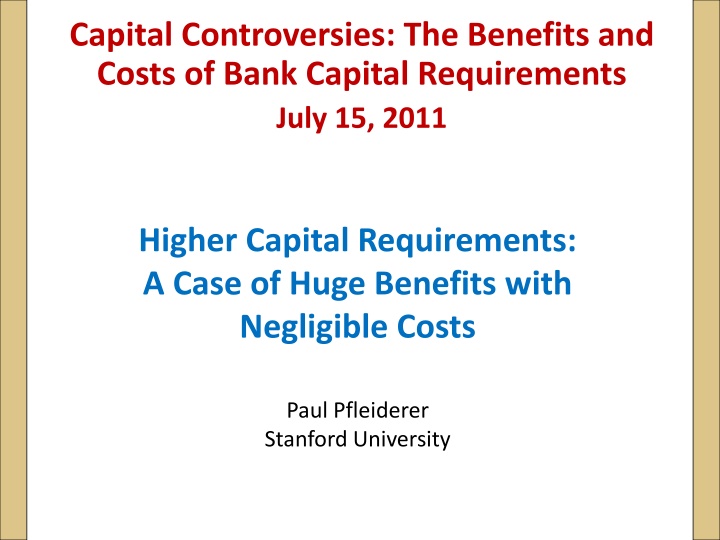
Benefits and Costs of Higher Bank Capital Requirements: Key Insights
Explore the significant benefits and controversial costs associated with implementing higher bank capital requirements, including reduced systemic risk, privatized risk, and less distortion in pricing. Gain valuable insights from experts like Paul Pfleiderer and Alan Greenspan on the importance of equity, risk management, and the impact on financial institutions and taxpayers.
Download Presentation

Please find below an Image/Link to download the presentation.
The content on the website is provided AS IS for your information and personal use only. It may not be sold, licensed, or shared on other websites without obtaining consent from the author. If you encounter any issues during the download, it is possible that the publisher has removed the file from their server.
You are allowed to download the files provided on this website for personal or commercial use, subject to the condition that they are used lawfully. All files are the property of their respective owners.
The content on the website is provided AS IS for your information and personal use only. It may not be sold, licensed, or shared on other websites without obtaining consent from the author.
E N D
Presentation Transcript
Capital Controversies: The Benefits and Costs of Bank Capital Requirements July 15, 2011 Higher Capital Requirements: A Case of Huge Benefits with Negligible Costs Paul Pfleiderer Stanford University
Higher Capital Requirements Benefits are LARGE! This is not controversial. Costs? This is very controversial because of: Pervasive confusions based on not distinguishing private from social costs; Pervasive fallacies based on not understanding what equity capital is; Pervasive fallacies based on not understanding the relationship between risk and funding costs; and Silly and misleading fixation on ROE (return on equity).
Benefits of Requiring Much More Equity (e.g. 15% to 25%) 1. Systemic Risk is greatly reduced. Less chance of financial crisis and deadweight losses. 2. Risk is privatized; not borne by the government and citizens. Pricing is not distorted. 3. Incentives to take socially unproductive risks are reduced. 4. Debt overhang: With too much debt good opportunities may not get funded by shareholders because new funding would benefit existing creditors at the expense of shareholders.
Benefits Had the share of financial assets funded by equity been significantly higher in September 2008, it seems unlikely that the deflation of asset prices would have fostered a default contagion much, if any, beyond that of the dotcom boom. Alan Greenspan, The Crisis, Brookings Papers, April 15, 2010. .. if capital and collateral are adequate...losses will be restricted to equity shareholders who seek abnormal returns; Taxpayers will not be at risk. Financial institutions will no longer be capable of privatizing profit and socializing losses. Alan Greenspan, (quoted in Greenspan Defends Legacy, Urges Higher Capital, Collateral Standards, WSJ, April 7, 2010).
Equity Equity Bailout Equity Equity Debt Assets Before Assets Before Debt Assets After Assets After Too Much Leverage More Equity
Private Versus Social Costs of Equity Private Costs Social Costs Equity does not produce tax shield; debt does. The government makes debt cheap through implicit guarantees. Increasing equity mechanically reduces ROE (but reduces risk as well). If compensation is for some reason rigidly tied to ROE, this will reduce some people s pay.
The Too-Big-To-Fail Subsidy If creditors of a bank believe that there is a chance they will be bailed-out by the government in situations of systemic distress, they will accept lower yields. Extra Return on Equity (with 3% equity) 0.81% 1.62% 2.43% 3.23% Reduced Cost in Basis Points 2.50 5.00 7.50 10.00
Moodys Announcement: June 2, 2011 SUPPORT FOR BOFA, CITI, AND WELLS FARGO EXCEEDS PRE-CRISIS LEVELS Moody's government support assumptions for Bank of America, Citigroup, and Wells Fargo are higher than what similarly rated institutions would have received prior to the crisis. For example, Bank of America N.A.'s and Citibank N.A.'s C- (C minus) unsupported BFSRs translate to a Baa2 rating on Moody's long-term debt scale; prior to the crisis a similarly rated, systemically important bank would typically have benefited from no more than three notches of uplift, meaning its ratings would be no higher than A2. Currently, Bank of America receives five and Citibank four notches of uplift from government support assumptions, bringing their senior ratings to Aa3 and A1, respectively. Wells Fargo's unsupported BFSR of C+ (C plus) translates to an A2 rating on Moody's long-term debt scale; prior to the crisis a similarly rated, systemically important bank would typically have received no more than two notches of uplift, to Aa3. Currently, Wells Fargo's Aa2 senior rating benefits from three notches of uplift.
Subsidizing Banks It might be asserted that, although the tax code and implicit guarantees create subsidies, this is good because: Banks pass these on to borrowers in the form of lower borrowing costs. Lower borrowing costs stimulate growth.
Tax Refund For Every Barrel Dumped = $2.50 a Barrel Cost = $20.00 minus $8.00 government subsidy = $12.00 Cost = $20.00 Rolling River Higher Stock Price Happy Manager Baby Bottles are Good for the Economy and We Should Make Sure They Are Available at Low Cost $1.89 $1.72
Debt Equity (provides (high levels of leverage create systemic risk and distort risk taking incentives) Funding cushion that absorbs risk and limits incentives for taking socially inefficient risk) Financial Markets And Greater Economy ( ) Loans
Government Subsidies to Debt: 1. Tax shield (interest paid is a deductible expense but not dividends) 2. Safety net and implicit guarantees mean banks pay lower rates Debt Debt Equity Equity Funding Financial Markets And Greater Economy Higher Stock Price Happy Banker ( ) Loans Lower Loan Costs ?
Balance Sheet Fallacy Capital is the stable money banks sit on... Think of it as an expanded rainy day fund. (AP July 21, 2010). Every dollar of capital is one less dollar working in the economy (Steve Bartlett, Financial Services Roundtable, Sep. 17, 2010.) The British Bankers' Association calculated that demands that they bolster their capital will require the UK's banking industry to hold an extra 600bn of capital that might otherwise have been deployed as loans to businesses or households. (The Observer, July 11, 2010).
Confusing Language Hold or set aside misleadingly suggests idle funds, passivity, cost. Liquidity/reserve requirements concern asset side of balance sheet, restrict holdings. Capital requirements concern funding side only. A firm does not hold the securities it issues, investors do! Ultimately we are just talking about the labels and the contractual terms associated with the claims banks issue to raise funds.
Three Ways to Increase Capital Increased Capital Requirements need NOT force banks to reduce lending: Initial Balance Sheet Revised Balance Sheet with Increased Capital Requirements (10% Capital) (20% Capital) New Assets: 12.5 Equity: 22.5 Equity: 10 Equity: 20 Loans: 100 Loans: 100 Loans: 100 Deposits & Other Liabilities: 90 Deposits & Other Liabilities: 80 Deposits & Other Liabilities: 90 Equity: 10 Loans: 50 Deposits & Other Liabilities: 40 A: Asset Liquidation B: Recapitalization C: Asset Expansion
Risk Fallacies If a bank s assts decline in value by $60B, there is a $60B loss that must be borne by someone. You can hide the loss with clever accounting, but you can t make it disappear. The only question is who bears the loss: The bank s creditors The bank s shareholders The government and its taxpayers
Risk First principle: The market should be used to allocate and price risk. Risk should not be borne by government and taxpayers since, among other things, this circumvents the market and causes distortions. Second principle: If the government is out of the picture (subsidies related to taxes and guarantees are removed) and the market is working, changing capital (leverage) does not change the total pricing of risk. Changes in capital requirements and leverage just change how risk is allocated across shareholders and creditors.
Target ROE Shareholders do not have a target ROE that is independent of the risk they must bear. As the risk they are exposed to decreases, so does the required expected rate of return. Higher capital decreases risk and decreases the required expected rate of return. If this is not true, then the market is not working and we have bigger problems.
ROE and Capital Higher capital Reduces ROE in good times Raises ROE in bad times Value is preserved Risk is reduced 25% ROE (Earnings Yield) Initial 20% 10% Capital 15% 10% Recapitalization to 20% Capital 5% 0% 3% 4% 5% 6% 7% Lower risk reduces equity holders required return -5% -10% Return on Assets (before interest expenses) -15%
Fixation on ROE is Silly and Misleading Does a higher ROE mean that the manager has performed well? "Normal" ROA (before interest exp. ) Extra ROA* Waste** 3.00% 3.00% 3.00% Total Realized ROA 3.25% 2.75% 2.75% Interest Rate on Debt % Equity 2.0% 2.2% 2.0% ROE 14.500% 20.533% 27.000% Good Bank Manager Bad Bank Manager Bad Bank Manager *** 0.25% 0.00% 0.00% 0.00% 0.25% 0.25% 10.0% 3.0% 3.0% *Because of Skillful Management **Because of Bad Management *** With government debt subsidy
Where Will All This Equity Come From? Answer: Much of it is already there. Non-deposit debt (e.g. long term debt) can be swapped for equity. In this case additional funds are not being raised; only the mix of financing is being changed. Payout restrictions can augment equity capital rather quickly.
What about Issuance Costs? Less leverage Greater ability to rely on retained earnings, less need for issuance Less price impact of any under-pricing Stigma can be mitigated by regulators. Equity payouts (dividend) restrictions Rights offerings Dilution due to removal of subsidy not a social cost.
Balance Sheet Expansion and End Investors Mutual Funds Mutual Funds A A B Investors B Investors Equity Equity C Banking Sector Assets C Deposits And Other Liquid Debt Deposits And Other Liquid Debt Banking Sector Assets All the Assets In the Economy All the Assets In the Economy Banking Sector Banking Sector Productive opportunities and portfolios need not change. Eventual size of balance sheets to be determined naturally.
Private Benefits of Equity and (non-demand-deposit) Debt 3 1 2 DEBT EQUITY 1. Tax advantages make it cheap 2. Implicit guarantees make it cheap 3. ROE fixation
SOCIAL Benefits of Equity and (non-demand-deposit) Debt 2 1 3 DEBT EQUITY 1. Reduces systemic risk 2. Reduces incentives for excessive risk-taking 3. Reduces deadweight costs associated with bailouts 1. Tax advantages make it cheap 2. Implicit guarantees make it cheap 3. ROE fixation
Equity as a Percent of Assets for US Commercial Bank (From: Berger, Herring and Szeg , The Role of Capital in Financial Institutions, Journal of Banking and Finance, 1995) 60% 50% 40% 30% 20% 10% 0% 1840 1850 1860 1870 1880 1890 1900 1910 1920 1930 1940 1950 1960 1970 1980 1990

